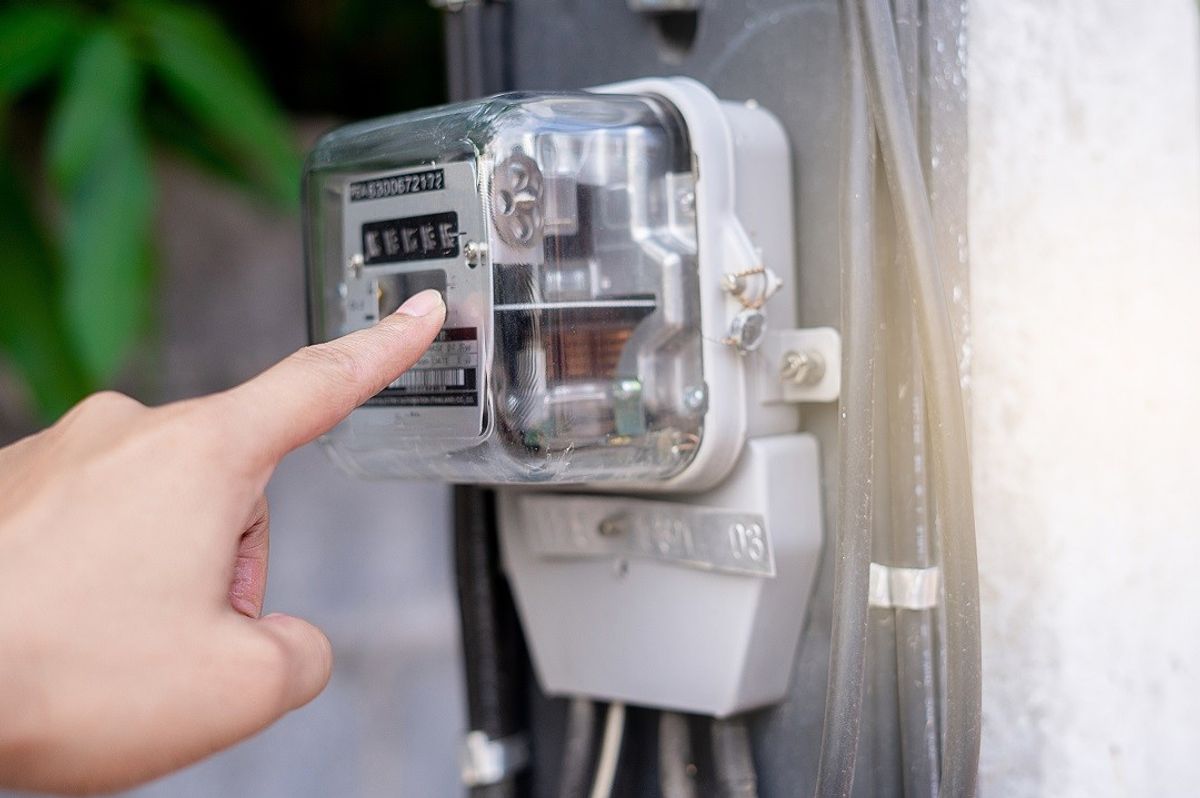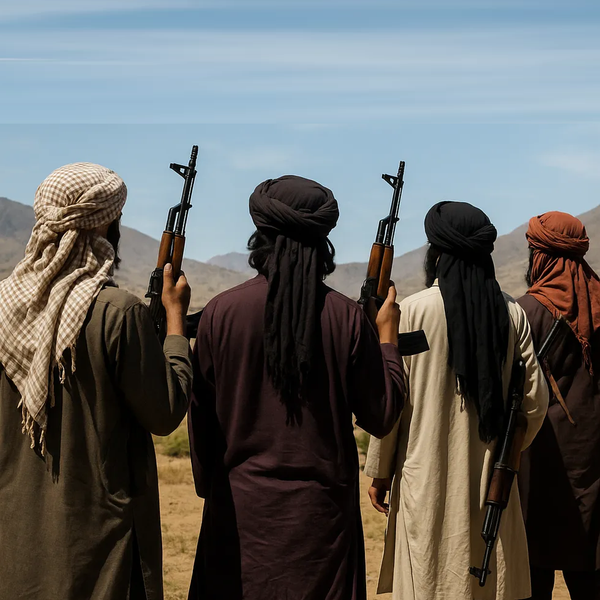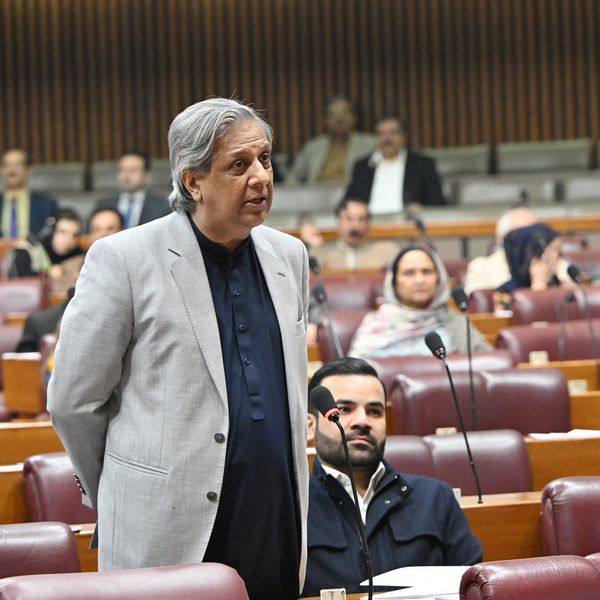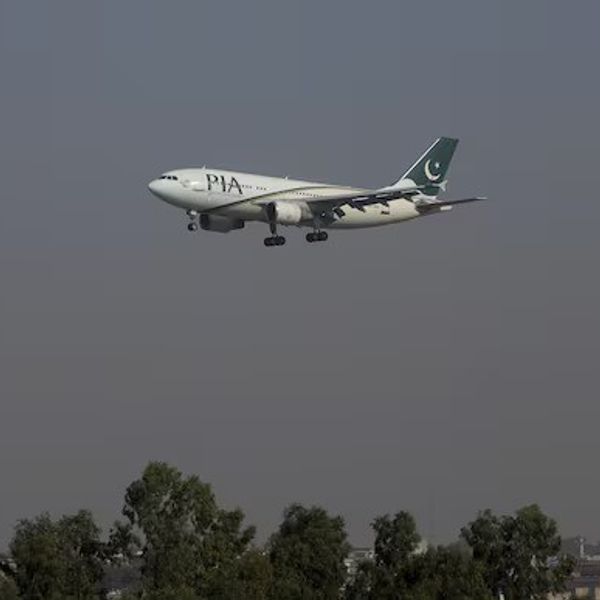Pakistan approves nationwide power tariff relief for year-end quarter
Relief to last three months, but experts say it won’t fix Pakistan’s ballooning circular debt or power sector woes

Haris Zamir
Business Editor
Experience of almost 33 years where started the journey of financial journalism from Business Recorder in 1992. From 2006 onwards attached with Television Media worked at Sun Tv, Dawn Tv, Geo Tv and Dunya Tv. During the period also worked as a stringer for Bloomberg for seven years and Dow Jones for five years. Also wrote articles for several highly acclaimed periodicals like the Newsline, Pakistan Gulf Economist and Money Matters (The News publications)

Pakistan’s top power regulator has approved a reduction of PKR 1.8881 per unit in electricity tariffs, offering modest relief to consumers for three months.
The National Electric Power Regulatory Authority (NEPRA) made the decision on Thursday under the Uniform Quarterly Tariff Adjustment (QTA) for the fourth quarter of fiscal year 2024–25. The rate cut will apply from August to October 2025.
The benefit will extend to all consumers of Ex-WAPDA Distribution Companies (XWDISCOs) and K-Electric, except those using lifeline and prepaid meters.
The decision follows a public hearing on August 4, 2025, where NEPRA reviewed adjustment requests filed by XWDISCOs. NEPRA said the adjustment aligns with the federal government’s uniform tariff policy, which aims to keep electricity prices consistent across all regions.
However, the policy has its drawbacks. “This pricing parity puts serious financial pressure on the national budget and adds to the circular debt,” NEPRA noted in its summary.
The tariff cut will only take effect after formal approval by the federal government.
Circular debt hits 3.2 trillion
The development comes as Pakistan’s circular debt crosses PKR 3.2 trillion, a historic high. The circular debt includes unpaid bills between distribution companies, power producers, and fuel suppliers.
The government has been making an all-out effort to resolve the circular debt issue and is likely to reduce the debt amount of PKR 1.275 trillion, sources said.
Experts blame the debt buildup on poor governance, theft, transmission losses, and delays in tariff revisions.
Despite repeated reform efforts and emergency bailouts, the government has failed to rein in the rising debt.
“The PKR 1.89 per unit relief is part of a regulatory tool to align tariffs with actual generation costs,” said an energy expert. “But these steps are either too late or canceled out by subsidies and politics.”
Structural reforms necessary
Energy analysts say the temporary relief offers little more than a pause in rising energy costs.
“It’s a balancing act between shielding consumers from inflation and keeping the power sector solvent,” said an Islamabad-based energy economist.
Experts have long pushed for broader reforms, including DISCO privatization, reduced line losses, and better-targeted subsidies.
Pakistan’s commitments to the International Monetary Fund (IMF) include energy sector changes aimed at reducing public subsidies and improving bill recovery.
But NEPRA’s relief decisions may complicate upcoming talks with the IMF if seen as politically driven.
Inflation hit 19.7% in July 2025, straining households and businesses. For now, the PKR 1.89/unit tariff cut offers short-term relief, but it does little to resolve Pakistan’s deep-rooted energy sector crisis.










Comments
See what people are discussing